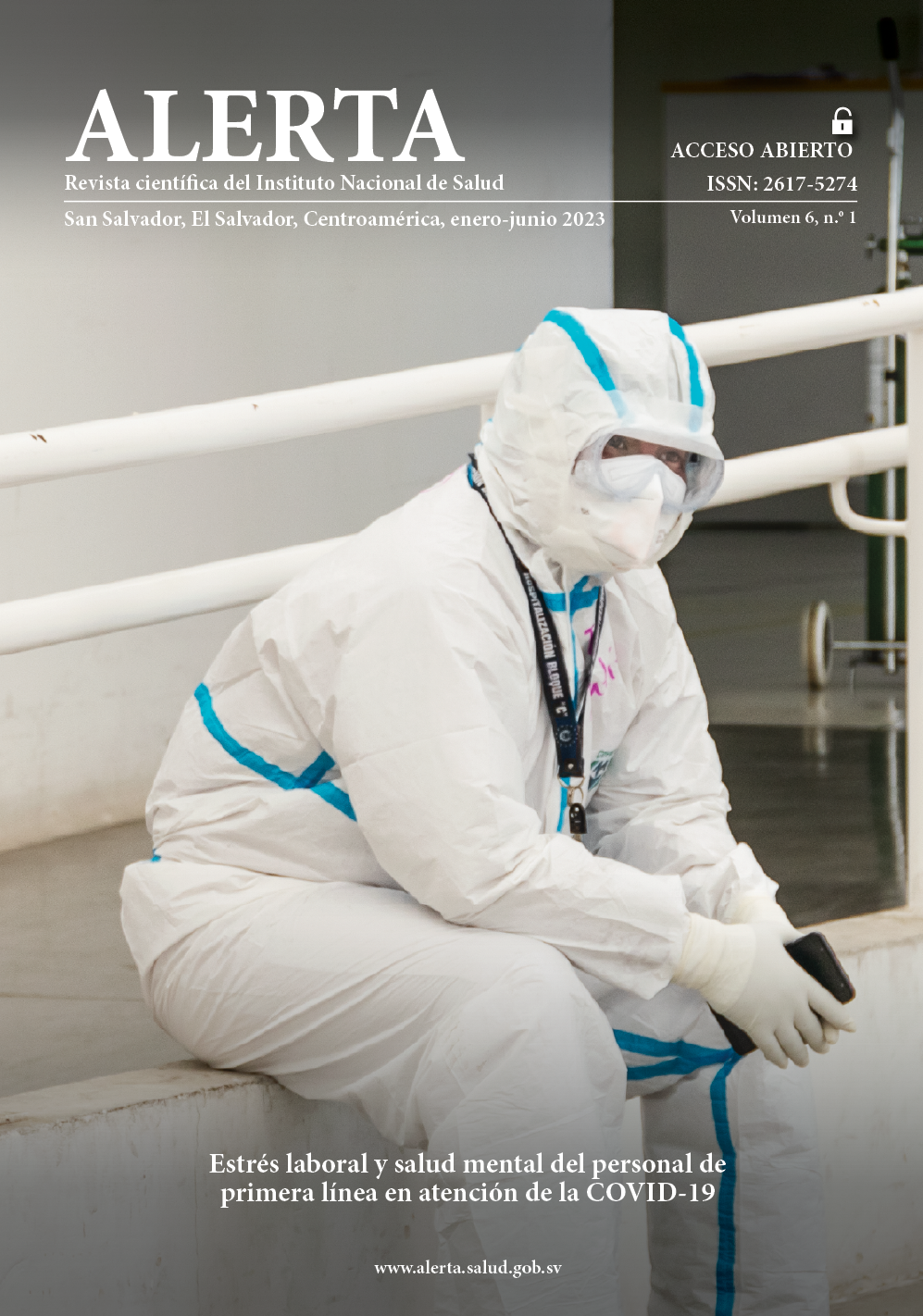Cecal perforation due to angiostrongyliasis in an elderly patient
DOI:
https://doi.org/10.5377/alerta.v6i1.15608Keywords:
Angiostrongylus infection, Angiostrongylus costaricensis, Intestinal perforation, Appendicitis, CecumAbstract
Abdominal angiostrongyliasis is a parasitic disease caused by the genus Angiostrongylus costaricensis, a nematode that infects humans through the secretions of snails or slugs, its definitive hosts. Costa Rica is considered the most endemic country, and it has been shown in different reviews that most cases occur in children and males. Case presentation. The patient was a 74-year-old woman who consulted for acute abdominal pain, with four days of evolution, accompanied by nausea, vomiting, and hyporexia. Laboratory tests reported mild leukocytosis and a negative general urine test. Abdominal ultrasonography reported a solid heterogeneous mass, poorly circumscribed in the right lateral abdomen, which led to the suspicion of acute appendicitis. Treatment. An exploratory laparotomy was performed, with the removal of a perforated colon tumor that spanned from the cecum to the proximal third of the ascending colon, in addition, a transverse ileum anastomosis was performed, without further complication. Outcome. She was managed with antibiotics and analgesics and was discharged nine days after the procedure, without complications. The biopsy showed parasite eggs consistent with Angiostrongylus sp.
Downloads
476
PDF english 69
Downloads
Published
How to Cite
Issue
Section
License
Copyright (c) 2023 Rudencia Ramirez Serrano

This work is licensed under a Creative Commons Attribution 4.0 International License.
Privacy statement:
Alerta articles are published under license Creative Commons 4.0 CC BY: https://creativecommons.org/licenses/by/4.0/
Authorship rights
Revista Alerta gives the authors exclusive control of their work and the right to be acknowledged and cited.





